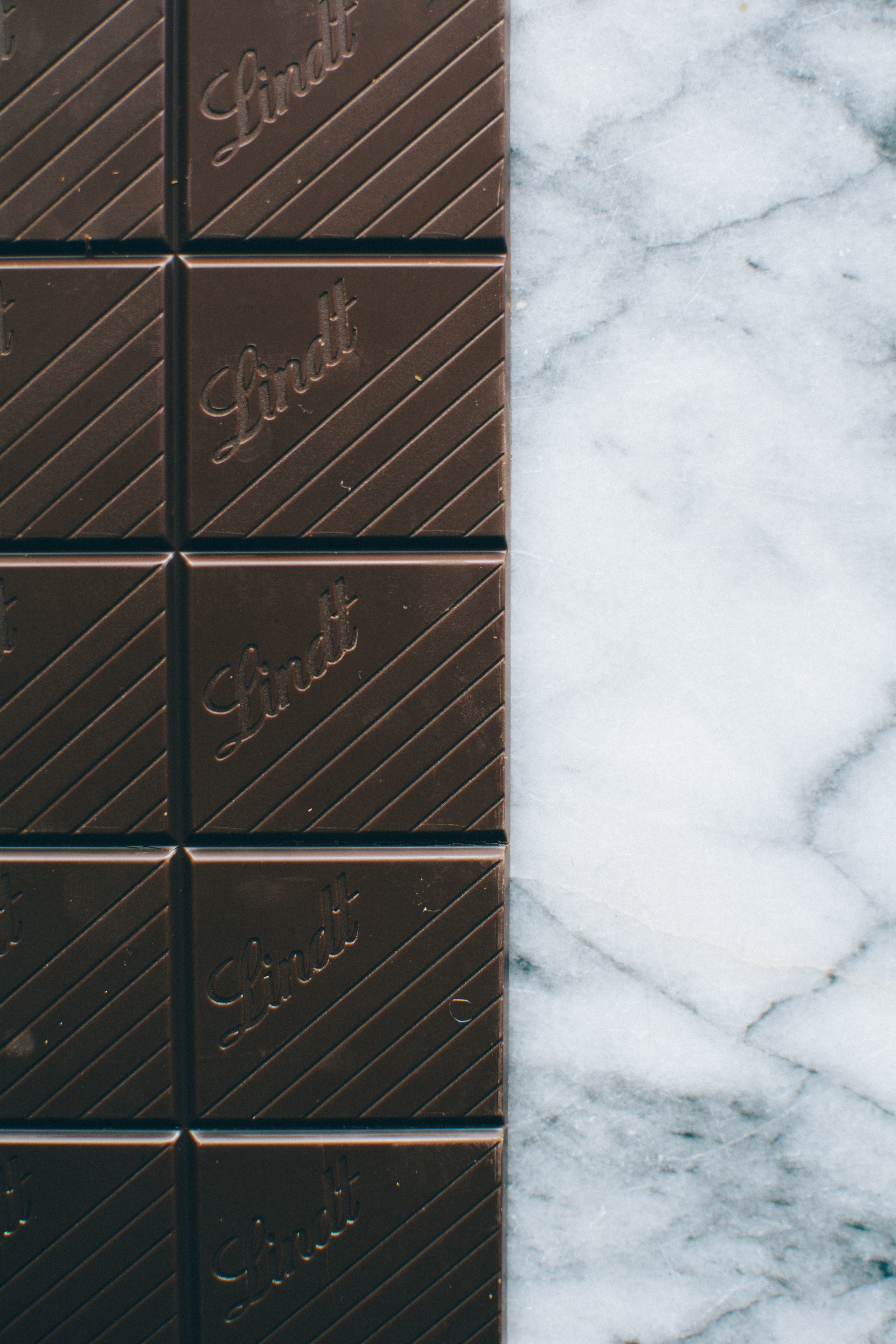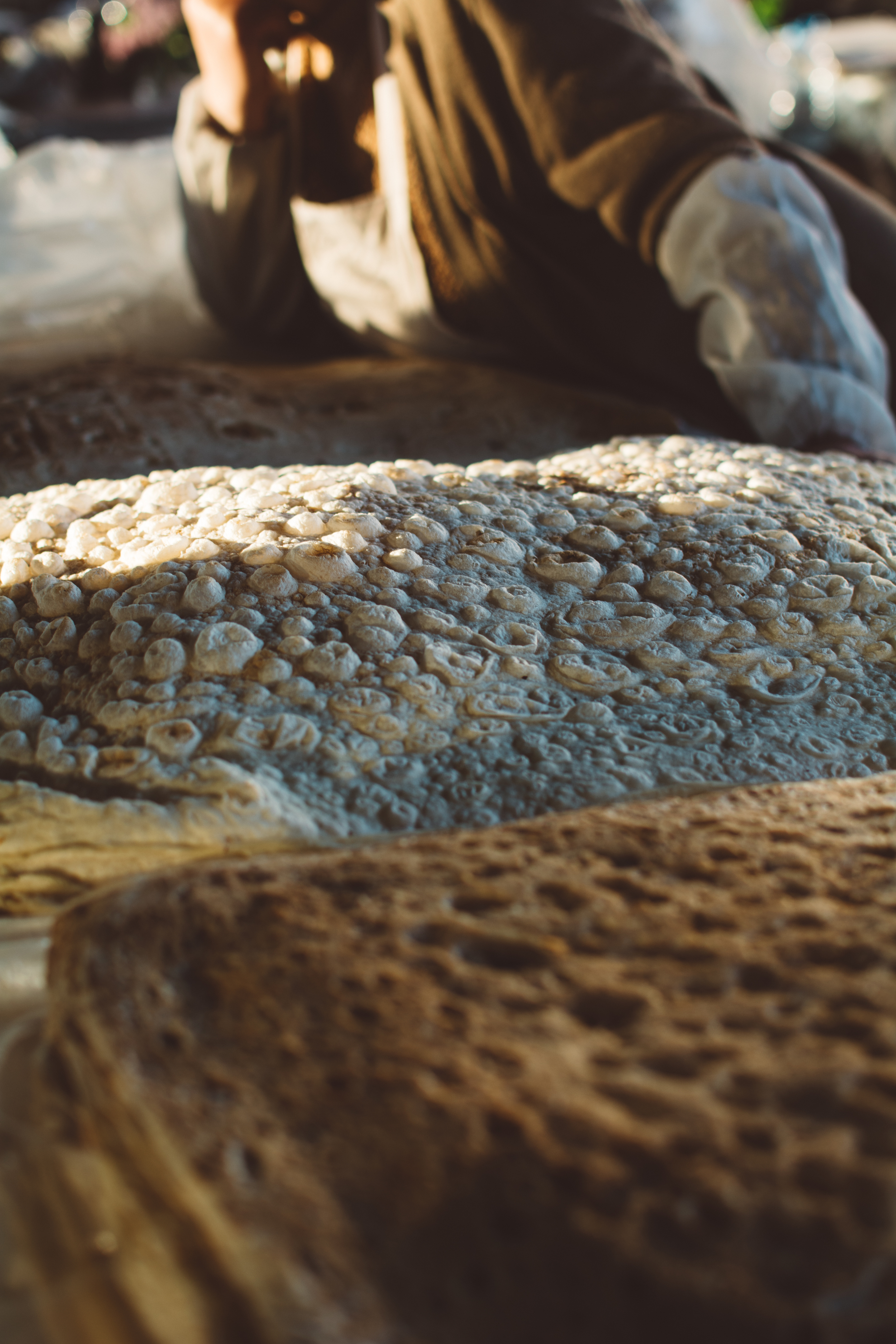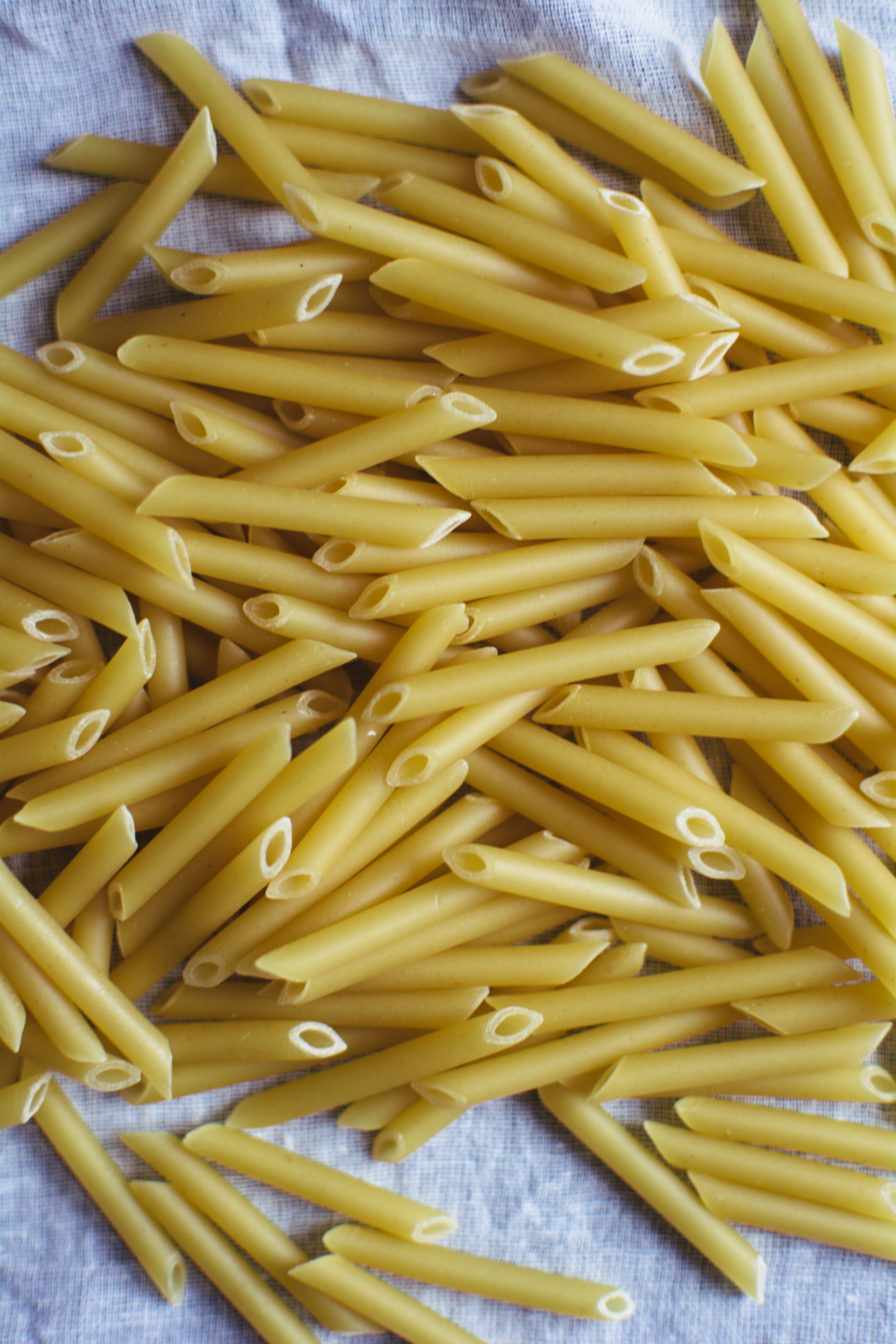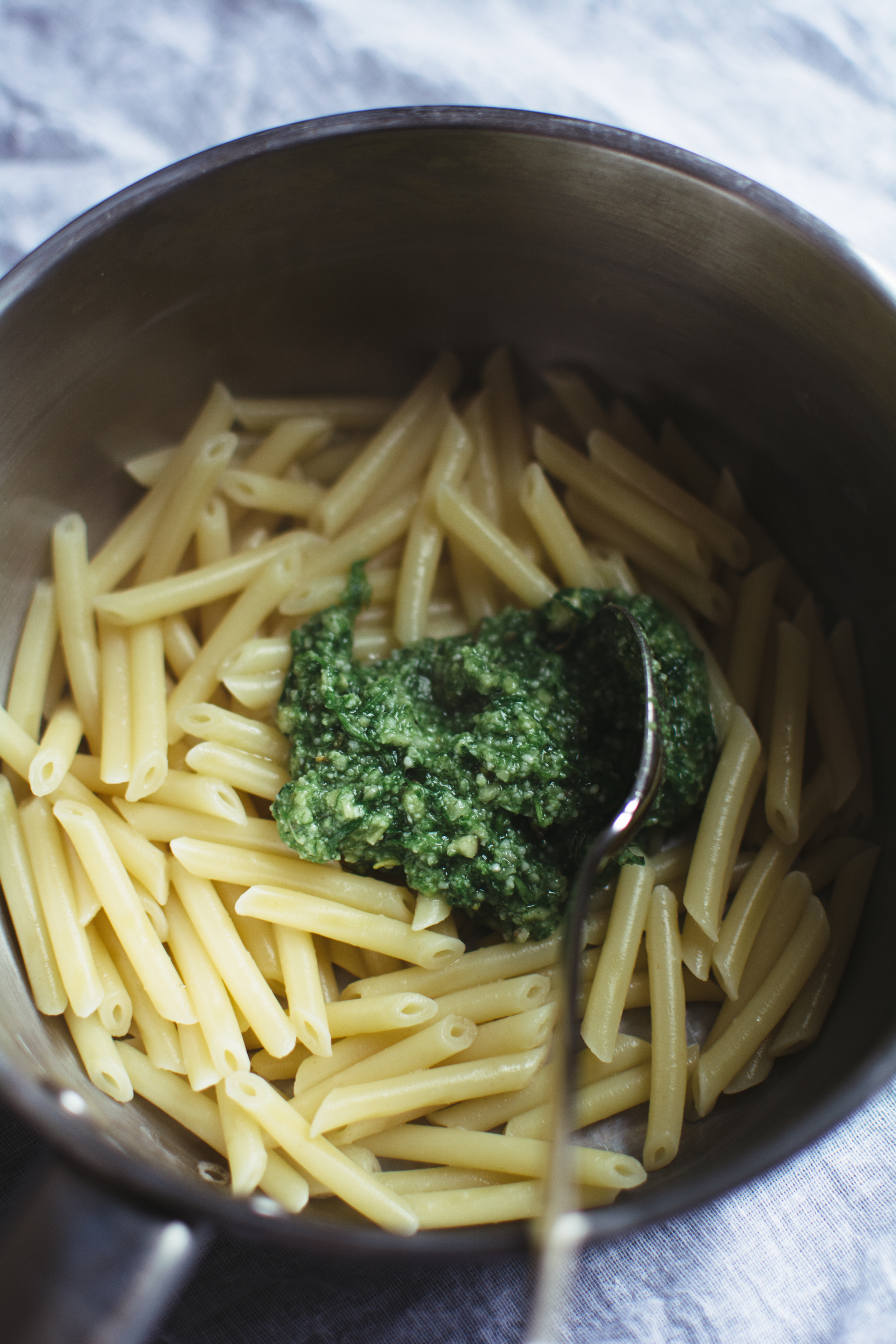Modesty is a virtue, but this really is the best guacamole ever so any modesty I may usually have has gone straight out the window.
I know this isn’t necessarily authentic guacamole for lack of tomatoes and red onion, and the garlic in this will surely make traditionalists sneer, but if there’s any true test to its greatness it will be that the raw onion and fresh coriander go totally undetected by my many onion hating, coriander bashing friends.
Grating the onion and garlic right into the avocado means this can be whipped up in a matter of minutes, which is handy when it will inevitably be devoured at the same rate. Just make sure your avocados are ripe (essential) and that you have plenty of tortilla chips, because guacamole without tortilla chips is a very sad dip indeed.
Given that the lime and raw onion possess magical abilities to prevent the avocado from oxidising, adding the stones is less of an extra careful precaution and more of a doesn't this look kind of pretty? decision. I like to serve mine with a sprinkle of hot chilli flakes, chopped coriander and a glug of the best quality olive oil I've got.
Ingredients
4 ripe, medium sized avocados
1/4 white onion, finely grated
1 garlic clove, minced
Tabasco hot sauce
Juice of 1 lime
1/4 teaspoon salt
Fresh coriander, finely chopped
Hot chilli flakes and good quality olive oil to serve
Method
- On a chopping board, mash the avocado with a fork and then transfer it to a large bowl.
- Directly grate in the onion and garlic clove and mix well.
- Add around 10 dashes of Tabasco and the juice of a lime.
- Add 1/4 teaspoon of salt and taste - add as needed.
- Finally stir in around 2 tablespoons of chopped coriander.
- Serve drizzled with olive oil and top with extra coriander and chilli flakes. And tortilla chips, obviously.
























































































